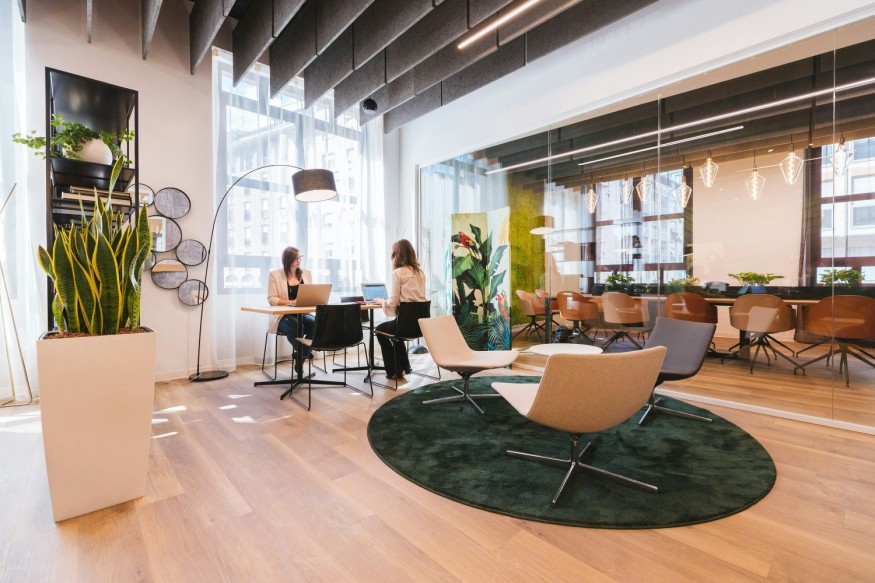5 Interior Design Tips for Creating a Productive Office Workspace

Workplace is not just a spatial factor but rather exceeds its status. It is a hub that assembles the talented individuals into one place that promotes creativity, productivity as well as collaboration. The forefront plays function which the office interior design does in making the environment conducive to the key components of creativity. From the type of furniture and lighting to the overall space design that blends with both form and function, every aspect is valuable for a job space. These following eight steeps will walk you through the tough stages of designing an office whose team feel invigorated and energized.
Know Your Space:
The very basis of any office design that guarantees success is in the expression who work in the available space. Before you start browsing a furniture, carefully measure and assess your work space utilizing dimensions and layout. Note down every measurement dimension of the walls to match the dimensions of the furniture you need. This knowledge shall drive your design/decisions, helping in ensuring optimum utilization of a particular space regardless of being small or not.
Create Work Zones:
Having different working spaces of team and individual work together with a dynamic office environment are the things that are vital. Separate the office into different zones for different purposes including collocated work which is perfect for teamwork and private tasks which are good for solo work, and the meeting zone to cater for meetings. You also create a space where you have people who work in different ways like quiet researchers, experimentalists, and production workers etc,. And in the end, you are able to encourage productivity.
Proper Lighting:
Lighting sets the tone and atmosphere of the workplace. It is nature's light that provides support for the nervous system and even man-made candles can increase focus, meanwhile reducing eye strain. As with neon light, choose the neutral LED light that creates a comfortable and interesting ambiance which is like natural daylight, and you can work in a bright and inviting atmosphere.
Appropriate Colors:
The colors used in workplace design speak a lot about the state of mind of employees and the efficiency rate of the workspace. Gray, white, and beige neutral hues create an environment conducive to tranquility and serve as a calm backdrop, thus, you can focus on work. Enrich the overall mood and spice up the space with pops of deliberately bright tones by using smaller decor items and furnishing.
Storage Spaces:
You cannot get into the flow of productive activities when you are surrounded by a chaotic working environment. Make sure to choose the furniture that is functional and provides lots of storage options such as shelves, drawers, and closets so that they are ready and convenient to use at any time. Put in effect the systems for organizational keeping that will make for a clutter-free and dynamic enterprise, which will be oriented to ensure concentration and thoughtfulness.
In fact, office interior design is not just a means to justify the nice-looking features of the workplace but it is an integral factor in shaping the very experience or life of the employees. Through the application of these eight primary rules of thumb, designing the perfect workplace, encapsulating your company's vision becomes a readily achievable task that not only brings forth worker creativity and collaboration but also fosters the sensibility of well-being. Exploit the potential of considered design, and then see a change in your office from a mundane place of empty thoughts to an inspirational pool of creativity and productivity.
Related Article : 7 Expert Tips From Top Interior Designers for Perfect Home Office
From Digital Models to 3D-Printed Homes: Jaspreet Kaur Lall Explains How the Innovation Changes the Construction Industry

Future Belongs to Green Construction: Sampath Kumar Paspunoori Explains One of the Key Trends in the Construction Industry

Kamala Harris' Campaign Ad Uses Iconic Visuals from Carrie Mae Weems to Connect with Voters

Historic Ancient Roman Ruins in Baalbek Remain Strong After Israeli Air Strikes; Locals Seek Cultural Protection

4 Ways to Honor Departed Loved Ones in Your Home Design











